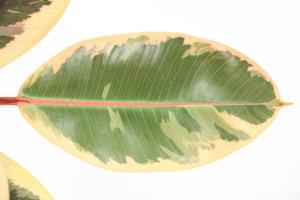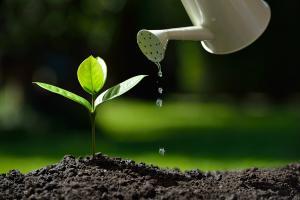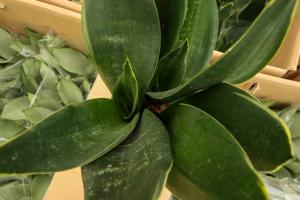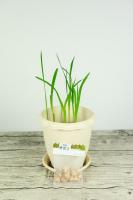Do I Need to Cover My Tomato Plants?
Tomatoes are a popular crop to grow in home gardens, but they are vulnerable to various environmental factors. One question that many gardeners ask is whether they should cover their tomato plants. The answer depends on several factors, including the weather, location, and pest pressure. In this article, we will explore the benefits and drawbacks of covering tomato plants, as well as tips for selecting the right cover.
Benefits of Covering Tomato Plants
One of the primary reasons to cover tomato plants is to protect them from frost. Tomatoes are susceptible to frost damage, which can lead to wilted leaves, blackened fruit, and even plant death. Covering plants with a frost blanket or fabric can keep them warm and protect them from frost damage.
Covering tomato plants can also help protect them from extreme heat. In hot weather, plants can wilt or dry out, which can harm their growth and productivity. Covering plants with a shade cloth or other material can help regulate temperature and prevent heat stress.
Another benefit of covering tomato plants is that it can protect them from pests. Many insects and animals, such as aphids, whiteflies, and birds, can damage or even destroy tomato plants. Covering plants with netting or other materials can prevent pests from accessing the plants, reducing damage and increasing yield.
Drawbacks of Covering Tomato Plants
While there are many benefits to covering tomato plants, there are also some drawbacks to consider. One potential issue is that covering plants can trap moisture and promote fungal growth. This can lead to diseases such as blight, which can damage or kill plants. To prevent this, gardeners should select covers made of breathable materials and ensure adequate air circulation.
Another drawback of covering tomato plants is that it can limit pollination. Tomatoes require pollination to produce fruit, and covering plants can prevent bees and other pollinators from accessing the flowers. To address this, gardeners can manually pollinate their plants by using a small brush or shaking the plants gently.
Finally, covering tomato plants can be expensive and time-consuming. Covers need to be selected, purchased, and installed, and they may need to be adjusted or replaced throughout the growing season. This can be a significant investment in terms of both time and money.
Choosing the Right Cover for Your Tomato Plants
If you decide to cover your tomato plants, it is important to choose the right cover for your needs. Here are some tips for selecting a cover:
Consider the weather in your area. If you live in an area with frequent frost or extreme heat, select a cover that provides adequate insulation or shading.
Think about the pests that are common in your area. If birds or insects are a problem, select a cover that is fine enough to prevent them from accessing your plants.
Choose a breathable material to prevent fungal growth and maintain air circulation.
Consider the size and shape of your plants. Covers should be large enough to cover the entire plant without touching the leaves, which can cause damage.
Overall, covering tomato plants is a useful way to protect them from environmental factors and pest damage. However, it is important to weigh the benefits and drawbacks and choose the right cover for your specific needs. With the right cover and care, your tomato plants can thrive and produce healthy, delicious fruit.

 how many times do yo...
how many times do yo... how many planted tre...
how many planted tre... how many pine trees ...
how many pine trees ... how many pecan trees...
how many pecan trees... how many plants comp...
how many plants comp... how many plants can ...
how many plants can ... how many plants and ...
how many plants and ... how many pepper plan...
how many pepper plan...
































